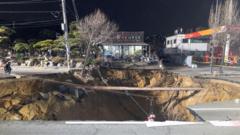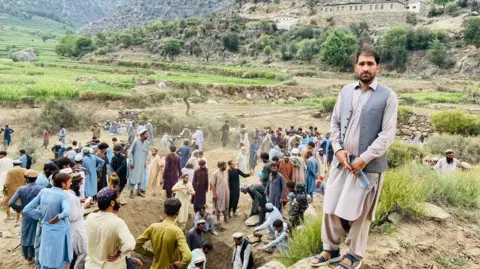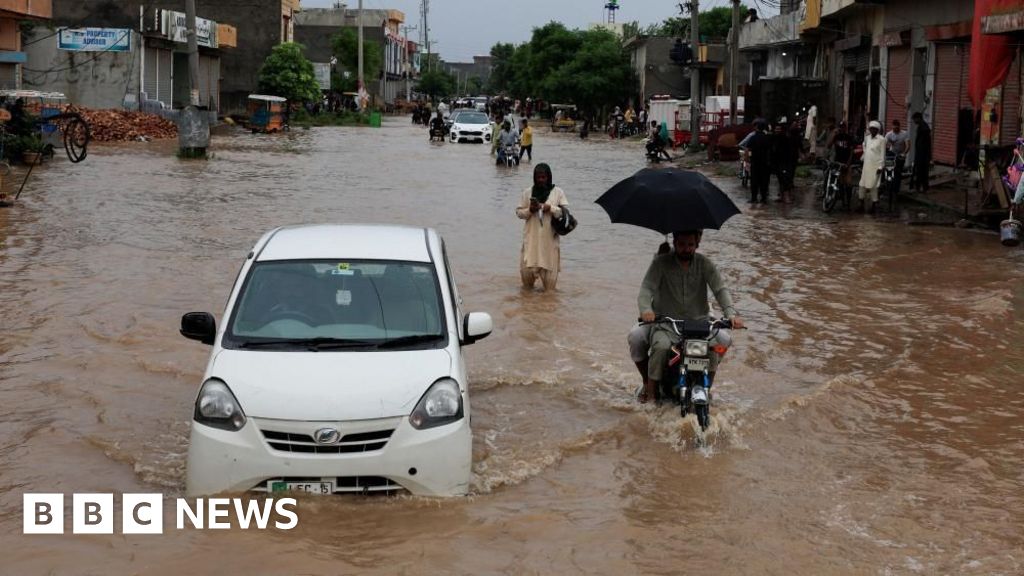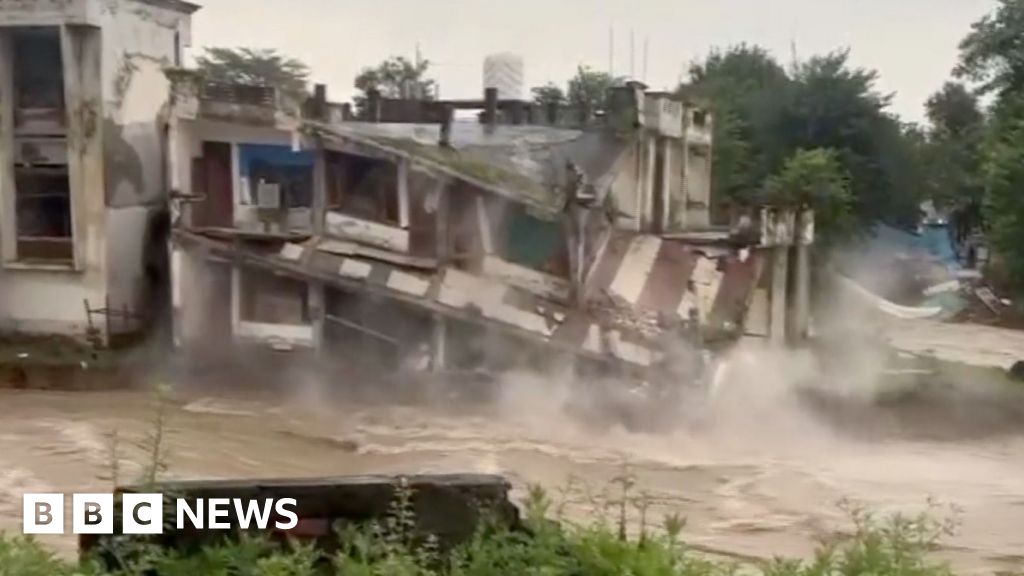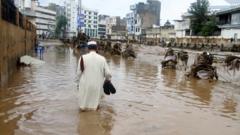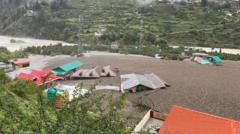In a heartbreaking incident in Seoul, South Korea, authorities have confirmed the death of a man who fell into a massive 20-meter-wide sinkhole while riding his motorbike in the Gangdong district. The collapse occurred around 6:30 PM local time on Monday, leading to a frantic rescue operation that continued until his body was discovered on Tuesday morning at approximately 11 AM, roughly 50 meters from the point of the fall.
Furthermore, reports indicate that a driver of a vehicle nearby suffered injuries during the incident, which quickly gained traction across South Korean social media. A widely shared dashcam video captures the moment the road gave way, showing the motorcyclist plummeting into the abyss while a car ahead narrowly evades disaster.
As the rescue efforts progressed, authorities located the man’s mobile phone and motorcycle within the depths of the sinkhole, which measures an alarming 20 meters in both width and depth. The victim, who is said to be in his 30s, has not yet been named pending notification of family.
Kim Chang-seop, the head of Gangdong fire station, reported that the sinkhole contained a mixture of roughly 2,000 tons of soil and water. The cause of this sudden collapse remains under investigation. Alarmingly, a report presented to the Seoul city government revealed that the city has experienced 223 sinkholes over the past decade, illustrating a pressing need for infrastructure assessment.
This incident echoes other global events, including a similar mishap in January where a truck driver went missing after falling into a sinkhole in Yashio, Japan. Additionally, a search for a woman lost in a pavement sinkhole in Kuala Lumpur’s city center was suspended after a week.
The formation of sinkholes is typically attributed to the erosion of soluble rocks such as limestone or chalk, often exacerbated by human activities like excavation. Awareness of this geological phenomenon is critical as cities continue to grapple with the risks associated with aging infrastructure.

